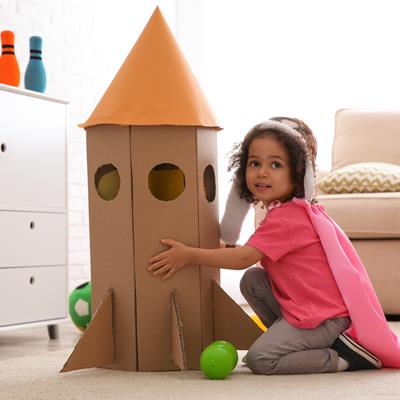Pack Range Optimisation
For every business that ships goods, there is a fine line between having too many or too few box sizes. We can help with that.
Find the right balance
Our eBox Range Optimiser software app can recommend the optimal number of different boxes, and their sizes, based on the most frequent order combinations for your e-commerce business.
To do this, all our packaging strategists need is the following data from you:
- Your product dimensions and weight
- Order combinations
- Current box range dimensions
- Transport and material costs
The benefits of our eBox Range Optimiser
- Lower costs: Save on packaging materials and transport costs by minimizing void fill
- Simplified logistics: Optimise your storage space and speed up the packaging process thanks to standardization
- Greater customer satisfaction: Reduce your carbon footprint by consuming less cardboard and void fill.




